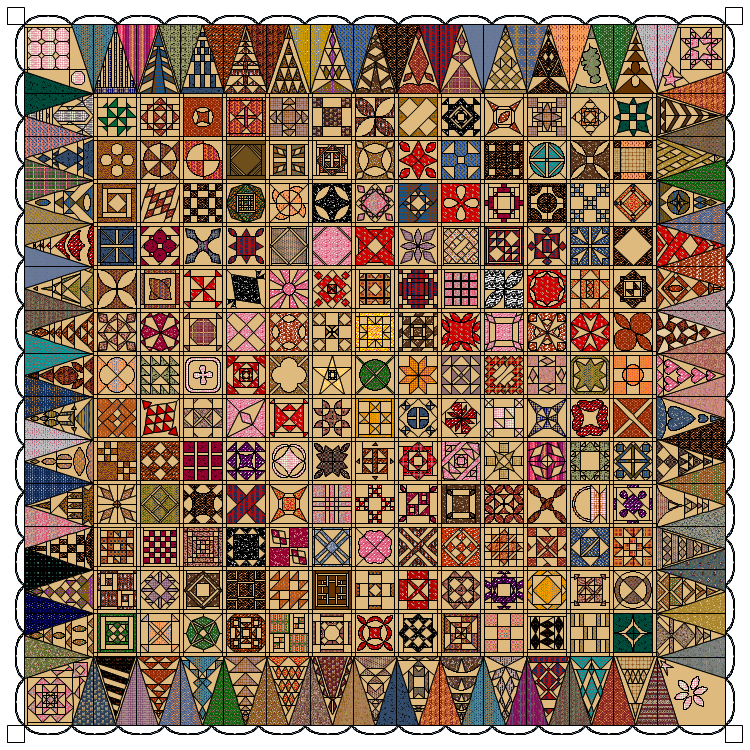Preserving Original Manuals & Documents
There’s nothing like the feeling of a “score” when we find the perfect vintage or antique machine. There it is, sitting all alone on the shelf in a thrift store or corner of a garage sale. We snatch it up and rush to throw cash at whomever will take it and let us leave with it.

And then, the best part – we get home, and dig through every nook and cranny to get to know the newest member of our machine family. Bigger score – sometimes there’s an original manual, or even the best of the best of hidden gems – the original sales receipt!


Yes, it does happen, but not often. One of the biggest joys of collecting these treasures is collecting the history. Any hint of where the machine came from, whom might have owned it, what they paid for it and when… they are not necessary details, but they are pleasing nonetheless. In a few rare cases, I have run across historical items that have nothing to do with the sewing machine, but make me feel a little bit closer to the original owner.

The original manual that comes with your machine is extremely valuable – not just in telling you exactly how to operate your new-to-you machine, but also in it’s actual value. No, you won’t be able to sell it on Ebay for hundreds of dollars, but they do increase the overall value of the machine.
While it is convenient and tempting to use the original manual, it is definitely best to store it properly and preserve it. These manuals were only printed when the machines were manufactured, and while you can track down originals on Ebay, there is a finite number of them remaining, and they are ever-increasing in value (and thus what you will pay for them).
Right now, if you go on Ebay and look for, say, a Singer 66 original instruction manual, you’re looking to pay between $15-35 depending on the condition and how much the seller cares about them. That isn’t a lot, but it is an added cost. That’s fabric money! As the number available become scarce, the prices will continue to rise.
What most people don’t realize is that Singer has put every manual for every model of machine on their website for free. It is a PDF download, but it’s there! No, it won’t be an actual physical booklet, but with it come the rights to print it out if you prefer a physical copy.

If you are seeking a manual for any other brand or model of machine that you can’t find on Singer’s website, please email me with your brand and model, and I will search my archives for you, as I have an extensive collection. I have other sources to share with you on how to locate a manual if you don’t have one, or would like to preserve the original.
So I beg of you, please go here, and type in your model number and find your manual. Use it on your computer or device as a PDF, or print it out into a manual. So what do you need to do with your original? I highly suggest storing it in an acid-free bag. If you have several items, such as the warranty, original bill of sale, receipt, etc., store each item in a different acid-free bag. IMPORTANT: It is important that it is an ACID-FREE bag. You don’t want to use any old bag you find, or a Ziploc bag or anything similar. Acid-free bags are developed specifically to archive and preserve paper materials. This keeps them from turning yellow or brown, and from breaking down and deteriorating. This is the ONLY way to keep this from happening.
You can find acid-free bags in may different places. If you have a Michael’s or Joann’s nearby you’ll find this brand pretty easily, though the location of the bags in each store seems to differ. You might ask for assistance in finding them, but I usually find them in the bridal aisle among invitations and other decorations. They come in a variety of sizes, and this size is my personal favorite.

For Singer manuals that are pretty standard, I can fit the manual in there sideways and fold the edges over so that the bag is loosely sealed. Most other manuals and documents will fit with no problem (please do not crease manuals or documents if you can help it!). If you have a number of items to preserve, this is a really good option on Amazon, and they even come with resealable adhesive on the flap of the bag.
If you have a scrapbook store or other similar type store in your area, they are always a reliable source for archival bags. You can usually find options to buy in small or multiple quantities and sizes.
And for those of you in the Atlanta area, I always have them in my shop. If you have a machine serviced in my shop, I am happy to give you a bag for your manual. Otherwise, I offer them for $1 apiece.




